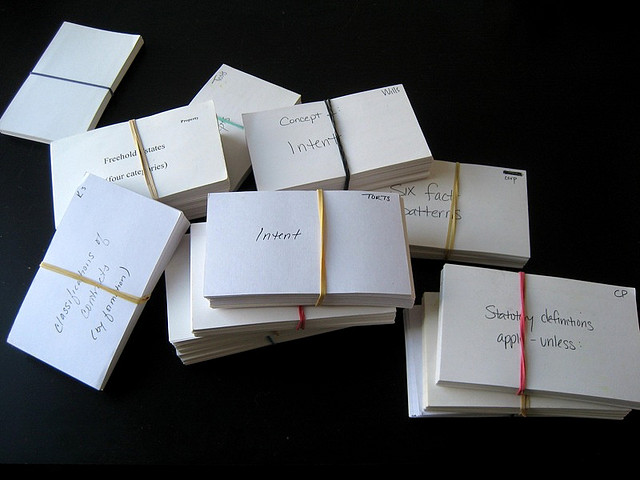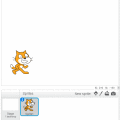Learn From the Outside In to Understand Practically Anything

Photo Credit: vivido
As a tutor and mentor for over 5 years, I have observed students tackle difficult topics in a multitude of ways. Based on patterns of success and failure, I’ve noticed there is one technique that stands ahead of the rest in terms of comprehension and retainment of complex information. It’s called learning from the outside in: striving to comprehend the whole concept before jumping into any of its parts.
The first question you need to ask is, “what’s the point of this system?” Not in an existential sort of way, but rather in terms of concept. Let’s say you’re studying the human heart. An amateur learner would first choose to break the organ into parts and memorize their textbook definitions with the hope of connecting all the dots at the end. However, this is a dead-end strategy, as there is no template in your head for those facts you’re cramming in. It would be like trying to put together a puzzle set without knowing what the final picture is supposed to resemble. Four chambers? Mitral valve? Aorta? These seemingly disparate pieces of information will only aid to confuse you without an overarching context to arrange them in.
The veteran learner chooses a different strategy. She decides rather than piling up random facts into her brain, she will first aim to understand the system as a whole. Her thought process might go something like this:
“Okay, so the heart is actually an organ that pumps blood around your body, taking freshly oxygenated blood to your cells and retrieving the older, deoxygenated blood out. It would probably be dangerous to mix the old and new blood, so having separate chambers makes sense to keep them apart. By the same measure, it seems that it would also be dangerous to have the blood flowing backwards, so valves are a necessity. And there are a lot of distant cells to ‘feed,’ so there must be some vessel muscular enough to pump the blood all that way: ah, aorta, you so strong. “
Peel Back the Learning Onion
In a real study setting, there are several steps you can take to conquer difficult content, layer by layer, from the outside in.
- Read through the whole section or chapter first before taking note of any of its vocabulary.
- Write down the major concepts in such a way that your future self, most likely a few days before test time, will understand them clearly without the need of any complicated terminology. A notebook is a useful tool for this.
- Stop. If you cannot accomplish step 2, start over and try again. It is, by far, the most important step in this process. You may scour the Internet or read through your notes to aid in your conceptual understanding, and if that doesn’t work for you, you can always contact a qualified mentor.
- Once your concept sheet is complete, choose your favorite tool to memorize the important terms and definitions. If you prefer reading paper notes, try making index flash cards. If you instead prefer computer reading, anki and quizlet are two of my favorite online flashcard resources.
- Read and re-read your flashcards to cement the information in your brain. Repetition is one of the few proven methods of data retention.
- Bask in the glory of knowledge. Not many students take the time to go through this process: only the successful ones.





No comments